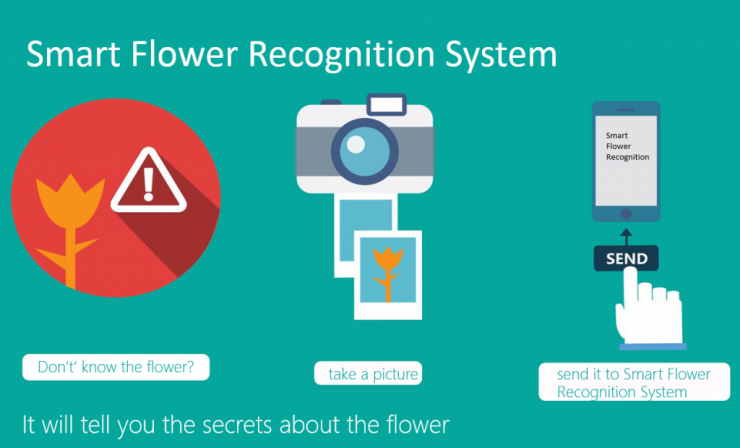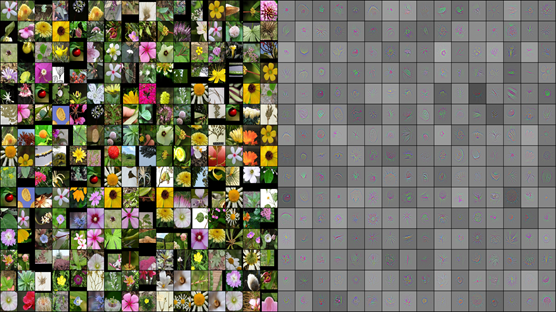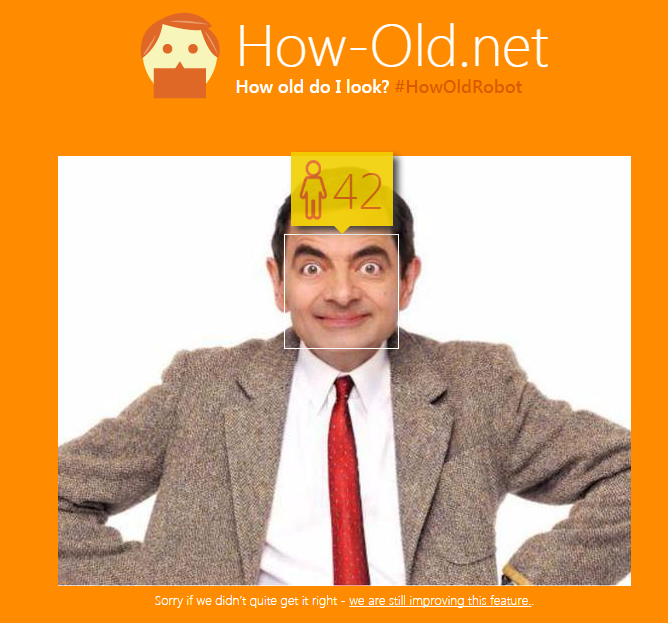Microsoft Research Scholars and Botanists of the Chinese Academy of Sciences use machine learning to develop flower recognition systems
Have you encountered this situation? - Go out to walk with the child, TA found a very beautiful flower, ran to ask you what it was, but you suddenly stunned - because you do not know what it is.
At present, there are at least 250,000 kinds of flowers in the world. It is difficult for even seasoned botanists to fully understand them. If you tell now that you don't have to admit to the child later that you don't know what it is, soon you can immediately recognize any kind of flower or any kind of plant at any time. Would you look forward to it?
In view of the current powerful ability of image recognition and the convenience of using smart phones to take pictures, ordinary people can easily identify various flowers by using tools. This tool is called the Smart Flower Recognition System. This system was also accidentally contributed by the Microsoft Research Institute and the Institute of Botany, Chinese Academy of Sciences (IBCAS).

Xi Yong, executive vice president of Microsoft Asia Research Institute, introduced Microsoft's image recognition technology at a seminar. The botanists of the Institute of Botany, Chinese Academy of Sciences, were greatly pleased because they had made great efforts to collect regional floral distribution. Data, but the effect is not good. Botanists immediately realized that MSRA's image recognition technology had great potential in this area, and bravely found that he also found the best experimental tools to improve image recognition in solving real problems.
This cooperation helped the Institute of Botany of the Chinese Academy of Sciences accelerate the accumulation of 2.6 million image data, given that anyone in the world can upload any flower pictures into this database, and no one can supervise this upload classification. Microsoft Research Asia The team must create an algorithm to filter out "failed" pictures. But this is only the first question faced by researcher Jianlong Fu and his team to establish this tool that can identify small differences among many different kinds of flowers.
In order to achieve this goal they trained multilayer convolutional neural networks to identify images that use a series of learnable filters. In summary, it works like this:
In the forward conduction process, each filter is curled for the width and height of the input volume, and the dot product is calculated between the filter and the input. This produces a two-dimensional activation map for the filter. The result is that the neural network learns to activate each type of filter in a given spatial location in the input area.
After inputting 800,000 images into the deep learning framework, researchers at Microsoft Research Asia (MSRA) gradually allowed the machine to achieve more than 90% accuracy in image recognition. This shocking result far exceeds that of humans. The correct recognition rate.

At the same time, this program has greatly assisted botanists from the Chinese Academy of Sciences in approaching their goals. Zheping Xu of the Chinese Academy of Sciences' Institute of Plants said that this flower recognition system not only allows industry experts to effectively grasp the distribution of plants in China, but also helps to be very interested in flowers. Ordinary people learn more knowledge.

After a picture is analyzed layer by layer in the neural network, machine learning can identify it as "daisy."
From the results announced so far, the recognition accuracy of the Smart Flower Recognition System is still very good. According to Microsoft's announcement, developers will soon open up relevant applications based on this flower recognition system. Botanists can further their research. Parents can no longer be embarrassed before facing similar problems with their children. At the same time, ordinary people can enjoy the beauty of flowers even more deeply.
It sounds very good, but the Smart Flower Recognition System can not help but remind people of the how-old.net (testing your age) before the launch of Microsoft.

How-old.net is Microsoft's use of the newly released face recognition APIs on Azure to build the 2015 Microsoft Developer Conference. Using the Face Recognition API, this website can analyze the gender and age of people in photos uploaded by users. How-old.net uses a variety of the latest technologies including machine learning, the specific implementation process is as follows:
Detection: Detecting the location of faces in pictures
Image alignment: Determine the position of some key points, such as eyebrows, eyes, sub-horns, angles, etc. After these points are determined, the face area can be determined.
Feature extraction: With the image area, it is a key feature to start extracting shapes, textures, and geometric information.
Training: With a large number of feature data and corresponding age data, build a model to start training.
Estimated age: A new picture is taken, features are acquired, and the age is estimated based on the training parameters obtained during the training.
How-old.net is mainly accomplished through three technologies: face detection, gender classification, and age detection. Among them, face detection is the basis of the other two technologies, and age detection and gender detection only solve the problem of classification in the process of machine learning. This involves portraits of face features, collecting learnable data, establishing a classification model, and model optimization. How-old.net's face orientation and gender recognition functions are generally accurate. However, the age prediction results are not always accurate. The actual age of Canadian pop singer Justin Bieber is only 22 years old (as shown in the figure below). ).

Lin Zhiying and Guo Degang are the same age. Wu Qilong is bigger than both of them, but the measured result is

Although most of the test results using Machine Learning's How-old.net are accurate, there are also various cases of identifying errors (which are also one of the reasons for How-old.net's popularity). It is also intriguing to claim that a 90% accuracy rate can be achieved, and whether the same Smart Machine Recognition system (Smart Flower Recognition System) uses similar errors.
PS : This article was compiled by Lei Feng Network (search “Lei Feng Network†public number) and it was compiled without permission.
Via Microsoft Blog